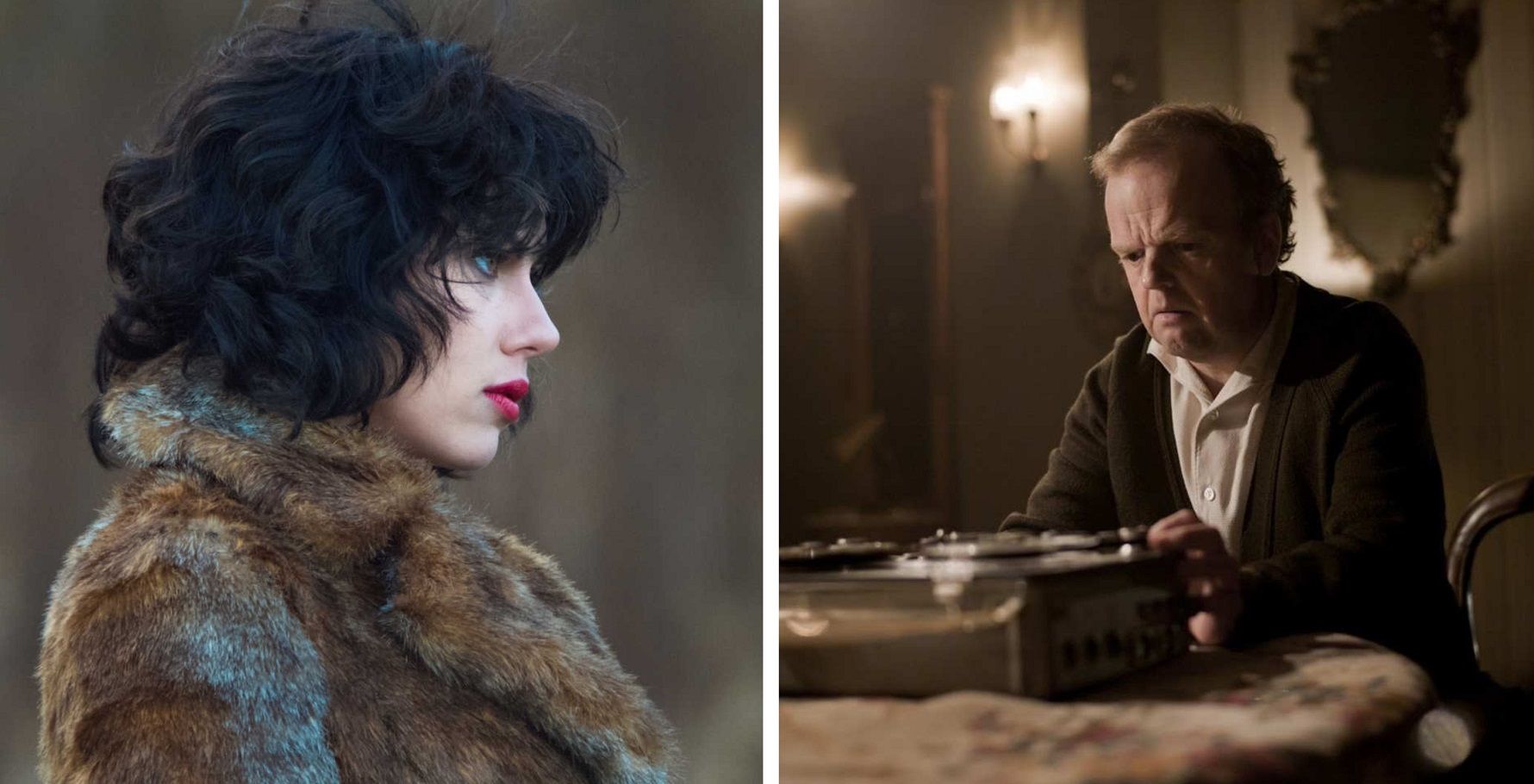

Thomas Mallon’s eight novels include “Henry and Clara,” “Bandbox,” “Fellow Travelers” and “Watergate,” a finalist for the PEN/Faulkner Award. (Of course, Shakespeare’s audience never had trouble doing that in the course of a single evening, laughing at rustic horseplay and thrilling to lyrical declamations in the same production.) More catholic tastes seem bound to result from more catholic exposure, our brows raising and lowering themselves like a spreadable iPhone photo. Increasingly, art at all levels now comes to us, seizes our attention for a few digital moments before being elbowed aside by something else. To some extent, people used to settle on a brow for themselves and then pattern their reading and viewing and listening accordingly. On the whole, however, the sheer availability of so much art, its ubiquity in the wide, wireless world of the present, assures that more and more blends and mash-ups and integrations are bound to occur. Fiction has by now been mostly segregated from everything else, and does anyone believe that the American short story has improved by making its initial appearance in literary quarterlies never seen by any brows but the highest? Vreeland allowed writers of serious short fiction to support themselves with fat fees paid for their work by the same publication. In past decades the fashion pages and automotive ads of glossy magazines like those edited by Mrs. Highbrow or “literary” ones have to avoid cherishing their own rarefication they need to realize how genius can ignore, at its peril, the more mundane skill sets (like plotting) of the mere “old pro.”ĭespite Macdonald’s worries about an artistic version of Gresham’s law, in a healthy cultural ecosystem the popular arts of the lower brow will hoist and fund the higher ones, the way a sound publisher’s catalog will have a Wall Street thriller subsidizing the translation of three Eastern European poets. “No taste is what I’m against.” Writers of lowbrow fiction operate without much self-consciousness or apology.

“We all need a splash of bad taste,” Diana Vreeland once declared from the summits of fashion.
#The highbrow movie
Lowbrows don’t go highbrow in search of guilty pleasure or a creative kick in the pants, but highbrow musicians, designers and writers will go looking for what’s being sung and worn on the streets or what’s opening big on summer movie screens. But producers of highbrow art never quite shake off a need for what’s further down. It’s normal for audiences to “trade up” when their own tastes become more cultivated and demanding - to put aside tabloids for broadsheets, Louis L’Amour for Larry McMurtry. Dwight Macdonald, giving the terms a postwar freshening and some sociological heft, defined the massive terrain of “Midcult” in 1960 as a “middlebrow compromise” that “pretends to respect the standards of High Culture while in fact it waters them down and vulgarizes them.” He saw the Book-of-the-Month Club as its big literary incarnation. “Highbrow” spawned “lowbrow” and “middlebrow,” the last of these standing for something blandly conventional, lacking either refined distinction or raw energy.


 0 kommentar(er)
0 kommentar(er)
